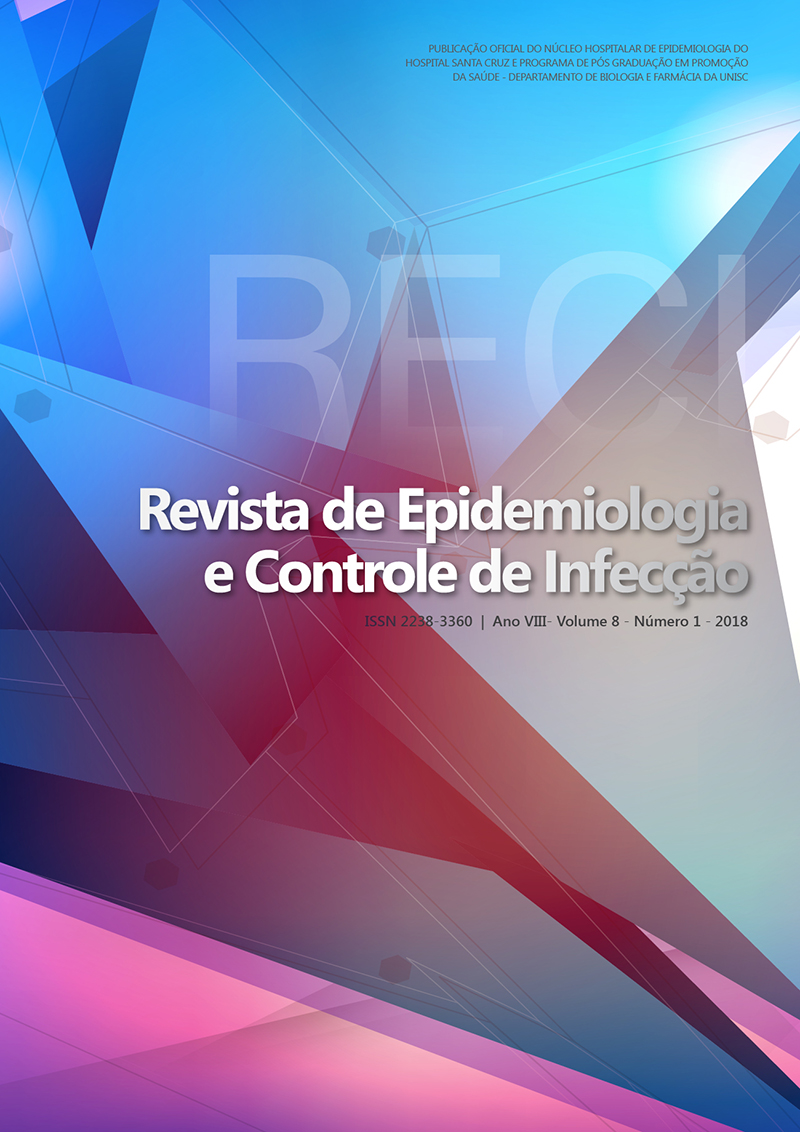Behavior of peripheral arterial flow in patients undergoing cardiac surgery: A pilot study
DOI:
https://doi.org/10.17058/reci.v1i1.9380Abstract
Background and Objectives: Cardiovascular diseases (CVD) are considered one of the main causes of death in developed countries and coronary artery bypass grafting (CABG) is an accurate indication for coronary artery disease (CAD). It is known that peripheral arterial disease (PAD) is associated with the presence of CAD and, therefore, the objective of the study was to analyze peripheral arterial flow and the presence of intermittent claudication (CI) in patients submitted to cardiac surgery (CC) with extracorporeal circulation (ECC). Methods: A cross-sectional study evaluating the presence of IC through the Edinburgh Claudication Questionnaire and the peripheral arterial flow by the Ankle-Brachial Index (ABI), measured in the upper and lower limbs by sphygmomanometer and portable vascular Doppler in the preoperative period, postoperative period (PO i ) and in the pre-discharge of patients submitted to CC. Results: Seven patients (5 males)with aged 55.3 ± 10.0 years and BMI of 28.9 ± 5.2 kg/m 2 were evaluated, of whom three presented IC. The ABI increased significantly in the PO i in relation to the preoperative period (p=0.023). In pre-discharge, the values showed a tendency to return to those obtained in the preoperative period (p=0.544). There were inverse and strong association between the general ABI and CPB in the PO i (r=-0.866, p=0.038) and in the pre-discharge (r=-0.884, p=0.027). Conclusion: The peripheral arterial flow increased in the PO i with evidence of inverse and strong association between the CPB time and the ABI.Downloads
Downloads
Published
How to Cite
Issue
Section
License
The author must state that the paper is original (has not been published previously), not infringing any copyright or other ownership right involving third parties. Once the paper is submitted, the Journal reserves the right to make normative changes, such as spelling and grammar, in order to maintain the language standard, but respecting the author’s style. The published papers become ownership of RECI, considering that all the opinions expressed by the authors are their responsibility. Because we are an open access journal, we allow free use of articles in educational and scientific applications provided the source is cited under the Creative Commons CC-BY license.


